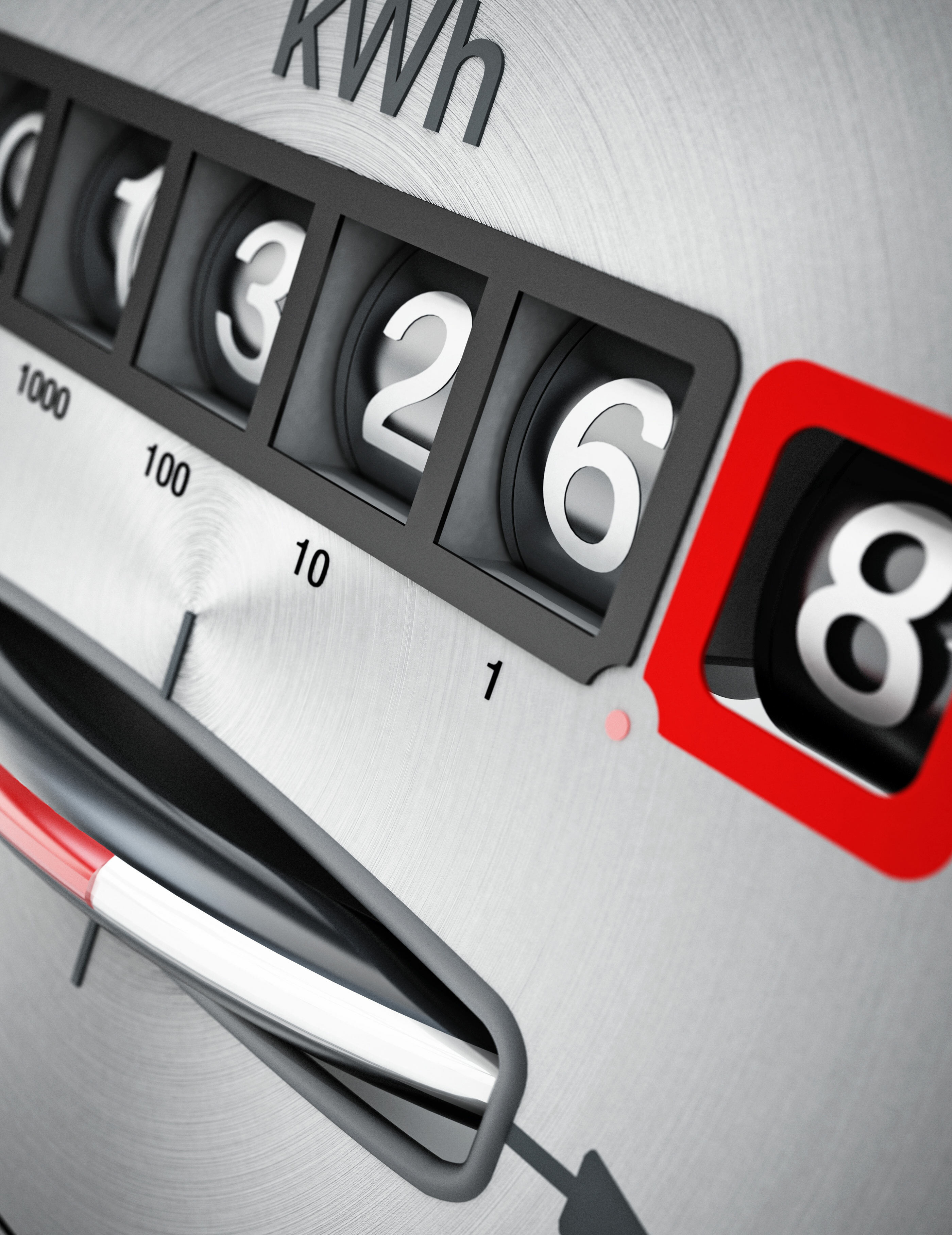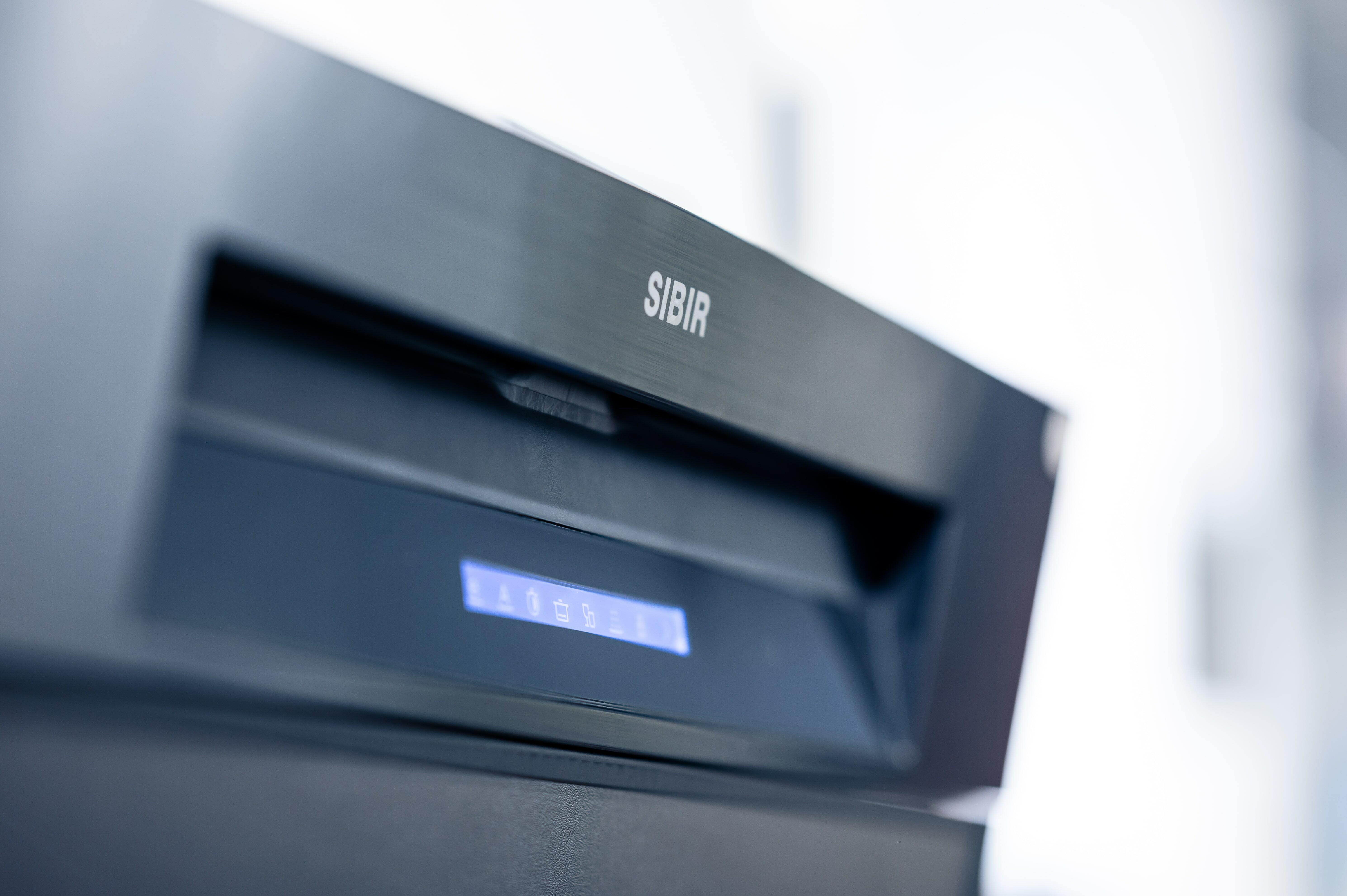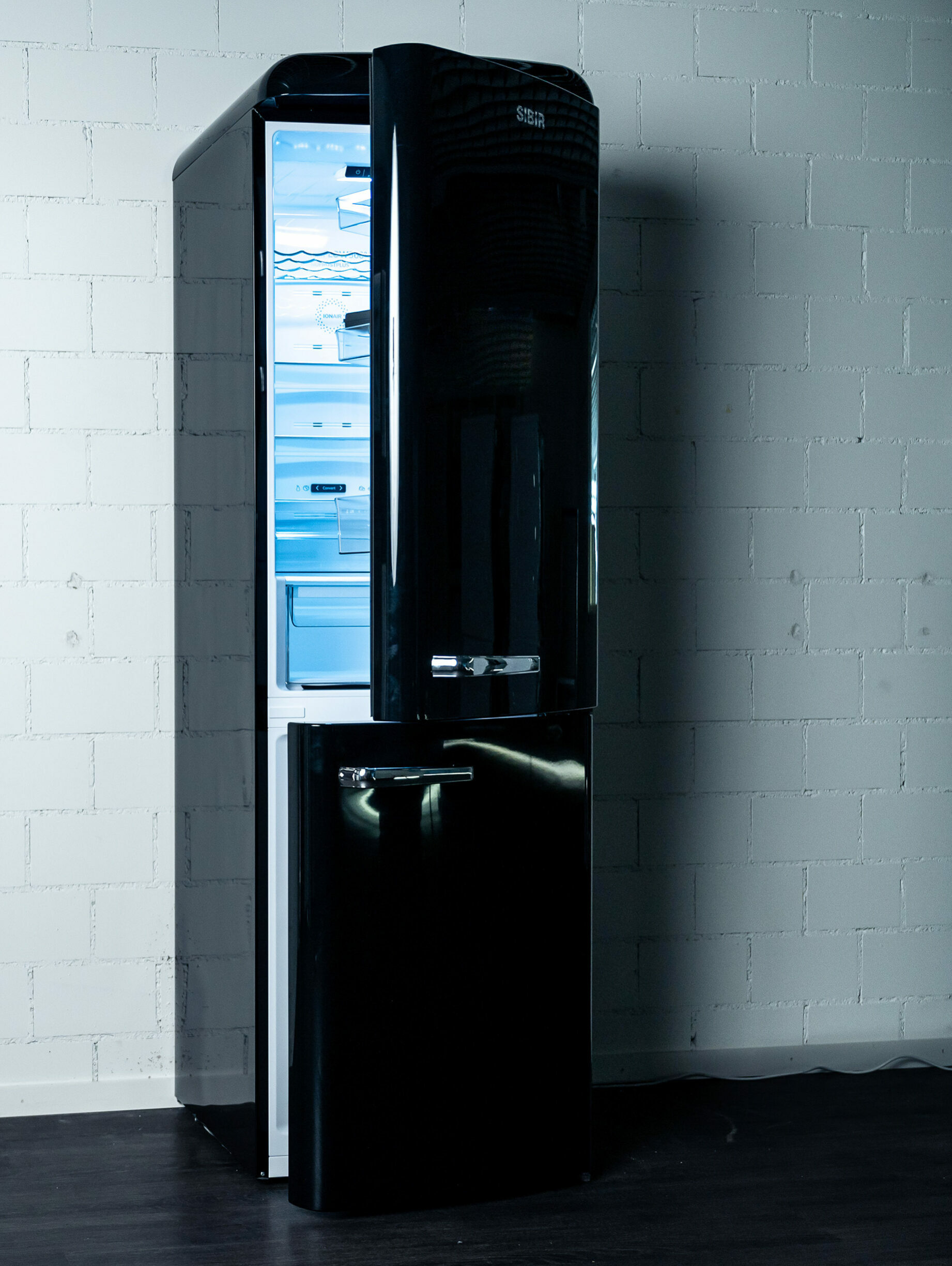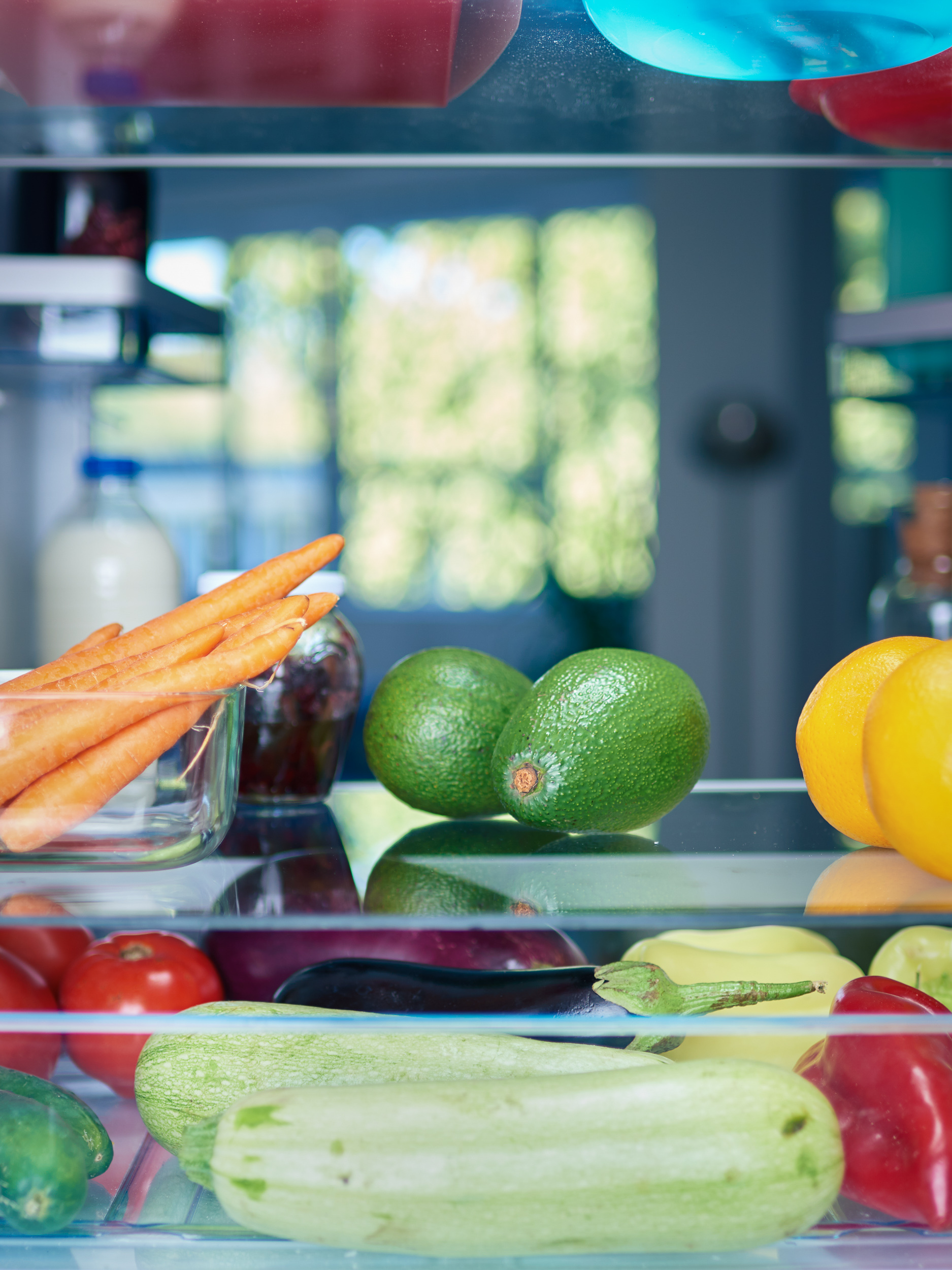Current, global conditions may result in a shortage of energy in Europe. This affects both the general population as well as companies. In times of scarce energy resources and steadily rising costs of living, we can't afford to waste energy unnecessarily.
Together, we can significantly reduce per capita consumption in everyday life, without having to accept a loss of living standards. We are happy to show you some simple ways to reduce energy consumption in the household and with your home appliances while cooking, baking, and washing and also save energy costs.
How much electricity does the average household consume in Switzerland?
An average 2-person home in a single-family house consumes around 3000 kWh of electricity in Switzerland. This average household does not include electrical heating, heat pump heating or electric hot water production. These heating methods increase the average consumption by almost double. This shows that the annual energy consumption varies depending on the living situation and the number of people living in the household.
When purchasing a home appliance, it is important to consider how efficient the appliance is. After all, energy efficiency has a large effect on the costs incurred over the long run. An energy efficiency label is affixed to every home appliance, which allows you to compare the energy efficiency and electricity consumption with other products when buying an appliance. This helps you to buy as efficient an appliance as possible that meets your needs without consuming too much energy.
Just leaving the refrigerator door open for a moment while pouring milk in your coffee or washing only half a load of laundry because you want to wear your favorite outfit again: We all know these situations, but they unnecessarily increase energy consumption. Whether you have an old appliance or a new machine, you can save a lot of energy and money in the household.
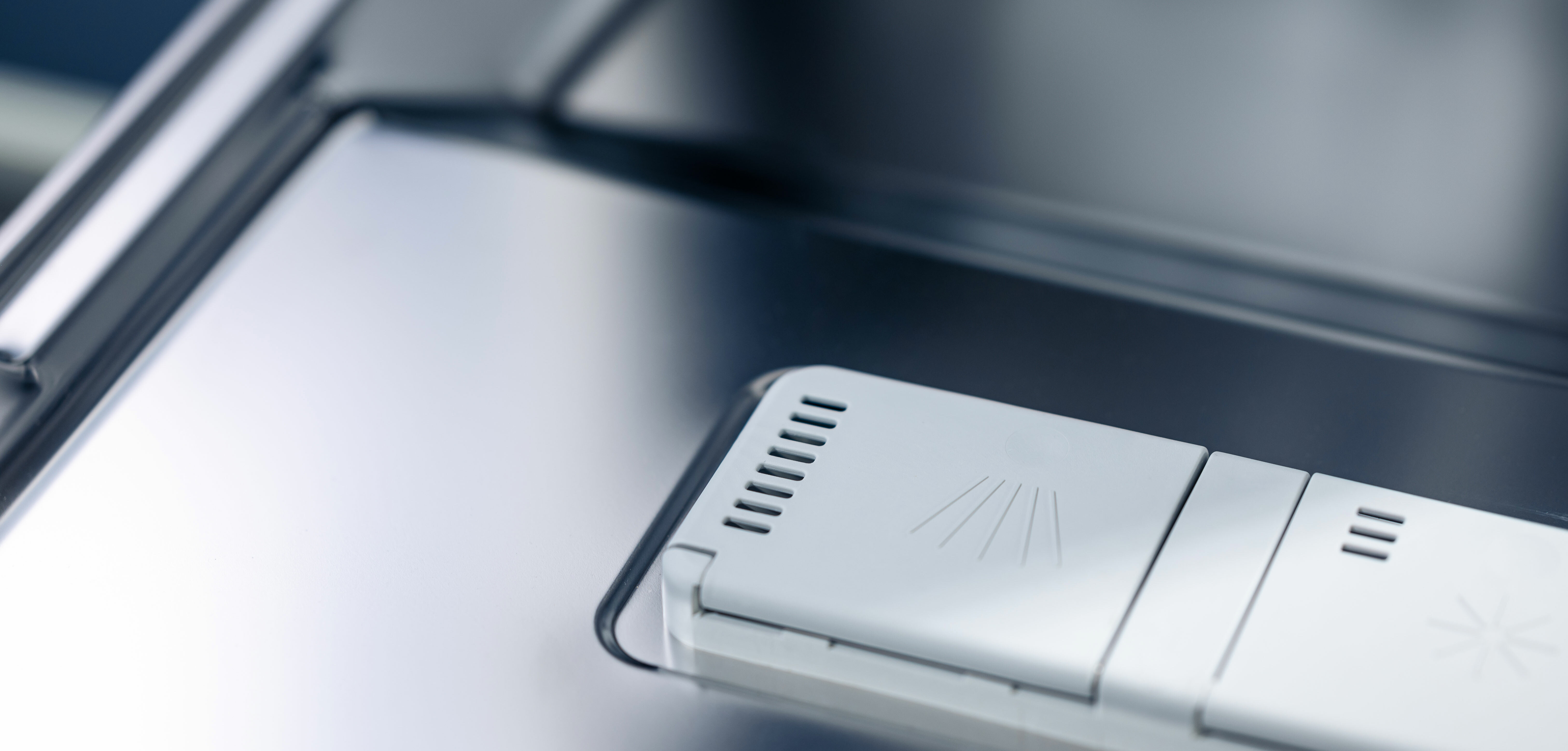
Simple tips for saving energy in the kitchen
Dishwasher
- A dishwasher with half a load uses just as much electricity and water as a full dishwasher. Only start your dishwasher when it is sufficiently filled, but don’t overload it.
- The use of the pre-rinse function costs a lot of energy. As an alternative, it is a good idea to rinse the dishes quickly by hand before loading them. Prevent leftover food from getting into the appliance and blocking the drainage outlet.
- Check the regeneration salt container from time to time. This salt reduces limescale and thereby increases the efficiency of the appliance, affecting its energy consumption.
- In our guides for the dishwasher, you can find more information on sustainably cleaning and maintaining the appliance and tips for dishwashing.
Refrigerator and freezer
- Around 10% of household energy consumption can be attributed to refrigerators. Here you can also save a lot of energy. For instance, the temperature for modern, efficient appliances is often set too low. Set your refrigerator to +7°C and your freezer to -18°C. This will reduce the energy consumption. For every degree you increase the temperature setting, you can save around 6% of the energy consumption of the appliance.
- Do not place any warm food in the refrigerator. Doing so causes the appliance to provide additional cooling and increases energy consumption. Allow food to cool first before putting it in the refrigerator.
- Although barely any ice forms with new energy-efficient appliances, it is advisable to regularly clean and de-ice the refrigerator. For hygienic cleaning, we have compiled a number of useful tips for you. As our guide on defrosting and cleaning the freezer has pointed out, a no-frost system is practical but also consumes a lot of electricity. To reduce your energy costs even further, you can switch off the no-frost system. In that case, it is important to de-ice your refrigerator and freezer manually on a regular basis.
- Remove food to defrost from the freezer well in advance and defrost it in the refrigerator. On the one hand, this defrosts the food more gently and on the other hand, the cold temperature of the product will mean the interior of the refrigerator can be kept cool with less electricity.
Oven
- Preheating is not necessary for modern ovens. They generally heat up quickly enough to dispense with this step. This will help you save 20% of the energy consumption and your meal will be ready in the same amount of time. And if you use the fan oven function instead of the top or bottom heat, you can lower energy consumption by a further 15%.
- Take advantage of leftover heat. Switch off the oven 5 minutes before the food has finished cooking. The heat will be sufficient to finish the cooking process and this will reduce the energy consumption.
- Automatic oven cleaning programs save a lot of time and effort, but they take a lot of energy. Prevent this energy consumption by cleaning the oven by hand. We are happy to help you with our tips on sustainable oven cleaning.
Cooking – hob and extractor
- Always use a lid whenever possible. When cooking with open pots and pans, you consume 30% more energy than you would with a lid. Using a lid also shortens the cooking time.
- Boil smaller quantities of water with a kettle. This allows you to reduce energy consumption by 50% compared to the use of a pan.
- Adjust the operating level of the extractor to the food you are cooking. It only makes sense to use the highest level for frying in order to ensure efficient air exchange. The lowest level is enough when cooking vegetables.
- Clean the extractor hood and grease filter at regular intervals. The appliance only works reliably when it is clean. A dirty extractor only consumes unnecessary energy. In our guide “Cleaning an extractor correctly”, we show you how.
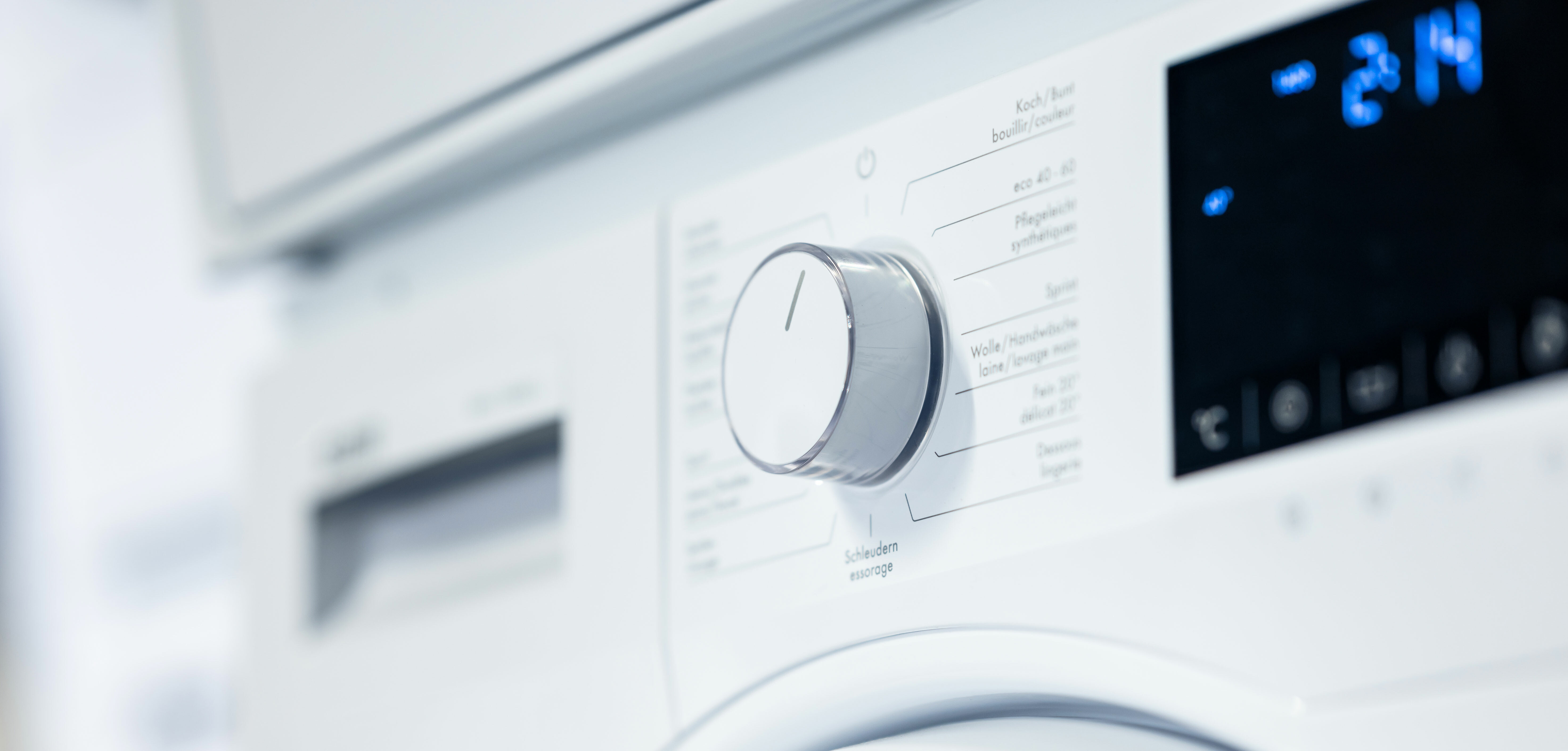
Our best tips for the laundry room
Washing machine
- Only wash when you can fill a washing machine. Ideally, your washing machine drum should be so full that only the width of a hand fits between the laundry and the edge of the drum. A low temperature (20-30°C) should be selected for the washing program. By choosing a low temperature, you not only reduce the water and energy consumption, you also protect your clothes and the environment.
- The amount of washing detergent required does not vary according to the temperature you select. For this reason, it is not necessary to increase the dosage for lower temperatures.
- Whenever possible, wash at low-tariff times (weekdays from 8 pm to 7 am and on Saturdays from 1 pm) – and preferably with an eco-program. Even if an eco-program takes a little longer, you will save a lot of water and energy. Washing during low-tariff times will also reduce your average energy price by around 6 cents per kWh.
- Remember to maintain your washing machine. Regularly cleaning the detergent drawer, drum seal, and filter will improve efficiency and extend the lifespan of your washing machine.
Dryer
- To use expended energy efficiently, it is also important to use the maximum capacity of the dryer. Running a dryer with half a load consumes an above-average amount of electricity.
- The laundry should also be spun well before being placed in the dryer. This is because the damper the laundry is, the higher the energy consumption. Energy consumption can be further reduced by selecting the “iron dry” program instead of “extra dry”.
Faulty appliances – repairs or a replacement
Whether or not it is worthwhile to repair a faulty home appliance depends on the age of the appliance, the repair costs, and the technical development of new appliances. For minor defects like damaged hinges, brittle seals or broken plastic accessories, we keep a supply of the right replacement parts for at least ten years after the end of the model’s production and can carry out the repairs on your appliance. Contact us for repairs. We repair home appliances from all brands. Click here to request a service.
Where else can I save energy at home?
Even lots of small energy savings can have a big effect. With over 3.9 million private households in Switzerland, the potential for savings is enormous. Besides the tips above, it is important to always switch off home appliances completely. After all, devices like TVs, computers, and coffee machines even consume energy in standby mode. Here you can save a lot of energy and money with little effort. In an average 3-person household, the unnecessary costs of standby mode account for around 8% of energy costs.
